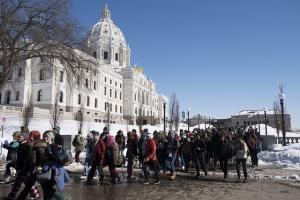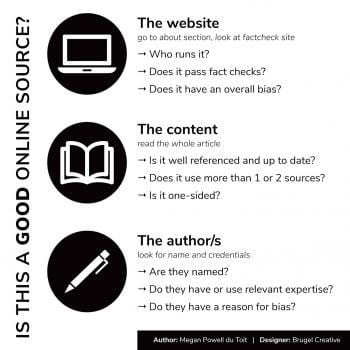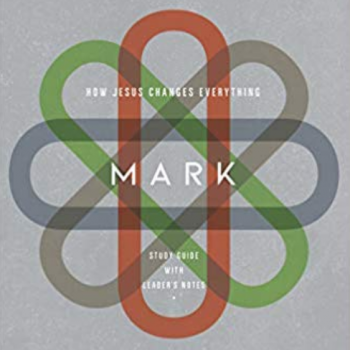The Change They Will Effect

Other minority groups in American history have organized to effect change. For instance, proponents for the rights of women protested for over 100 years, culminating in 1920 with the passage of the 19th Amendment, which made women full participants in American political life and gave them a voice—the vote— in determining the direction of their country.
Did you know, the #neveragain movement isn’t the first time youth have advocated for social change? A few examples:
In 1903, over 100,000 textile workers—including up to 10,000 child laborers (under age 15)—went on strike in Philadelphia to demand better wages and more reasonable hours. That same month, over 300 child mill workers marched from Philadelphia to New York City to highlight the plight of abusive child labor laws. These events, along with others, helped usher in the Fair Labor Standards Act in the 1930s.
In 1957, the Little Rock Nine—a group of black high school students—enrolled in an all-white Arkansas school, testing the newly passed Brown v. Board of Education 1954 Supreme Court ruling which called for desegregation. Before the school year started, these nine students were carefully chosen, then “participated in intensive counseling sessions guiding them on what to expect once classes began and how to respond to anticipated hostile situations.” The governor called in the National Guard to block them from entering the school building, but later that month President Eisenhower sent federal troops to escort the students to school.
In 1963, with the civil rights movement fully engaged, 1,000 black teens marched peacefully through Birmingham, only to be met with arrests, water hoses, and police dogs. Coverage of the violent crackdown led to a national outcry and eventual change in the city’s desegregation efforts.
“Old enough to fight, old enough to vote!” This slogan first started during World War II when the draft age, but not the voting age, was lowered to 18. But changing the voting age required a constitutional amendment, not just a law. The Vietnam Conflict revived the issue, when the government drafted thousands of young men 18-years-old and older for combat. Student activists led the protests, decrying the disparity in the draft age versus voting age. In 1971, the House passed the amendment, with two-thirds of the states ratifiying it in only a two-month period (fastest ever), and Nixon signed the 26th Amendment that July, changing the voting age to 18 years old.
Student activism is nothing new. History shows the impact young people can make when they join together to support a cause. Taking a public stance on your convictions takes courage, a quality that all parents should encourage in their children. Whatever the issue may be, let’s educate our kids and be willing to learn (even from them) about an array of perspectives, to foster a spirit of thoughtful involvement. Not every issue deserves a platform, but gun law reform has obviously struck a national nerve. This conversation isn’t going away. We need to give our students permission to engage in significant causes.












